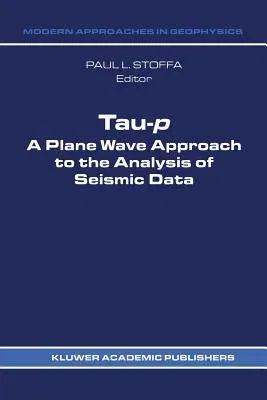In exploration seismology, data are acquired at multiple source and
receiver posi- tions along a profile line. These data are subsequently
processed and interpreted. The primary result of this process is a
subsurface image of the exploration target. As part of this procedure,
additional information is also obtained about the subsurface material
properties, e.g., seismic velocities. The methods that are employed in
the acquisition and processing of exploration seismic data are
internally consistent. That is, principally near vertical incidence
seismic waves are generated, recorded and subsequently imaged. The data
processing methods commonly used are based upon a small angle of
incidence approximation, thus making the imaging problem tractable for
existing data processing technology. Although tremendously successful,
the limitations of this method are generally recognized. Current and
future exploration goals will likely require the use of additional
seismic waves, i.e., both compressional and shear precritical and
postcritical reflections and refractions. Also, in addition to making
better use of seismic travel times, recent efforts to directly
incorporate seismic amplitude variations show that the approach may lead
to a better understanding of subsurface rock properties. In response to
more demanding exploration goals, recent data acquisition techniques
have improved significantly by increasing the spatial aperture and
incorporating a large number of closely spaced receivers. The need for
better subsurface resolution in depth and position has encouraged the
use of 240, 512, and even 1024 recorded data channels with receiver
separations of 5 to 25 m.


